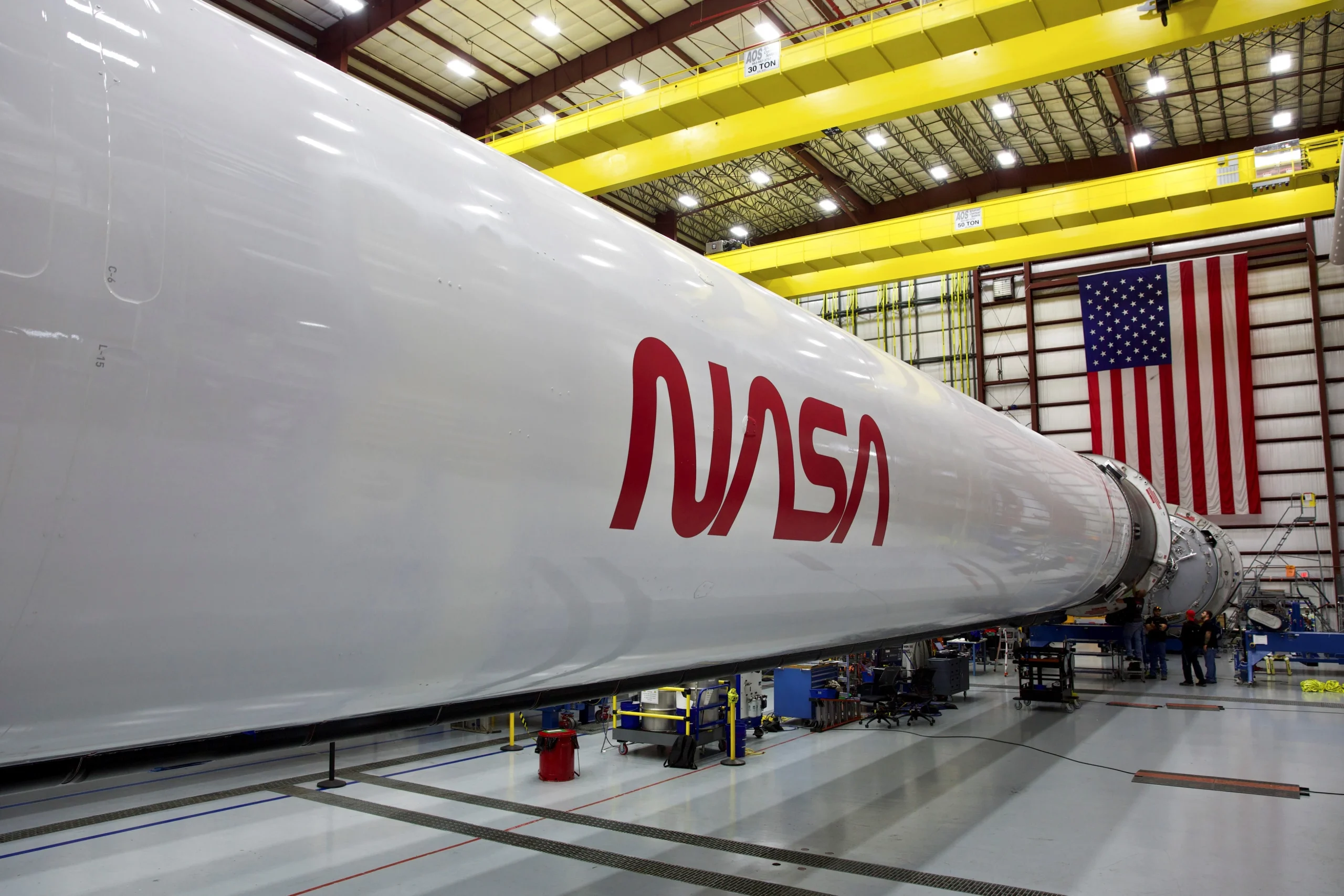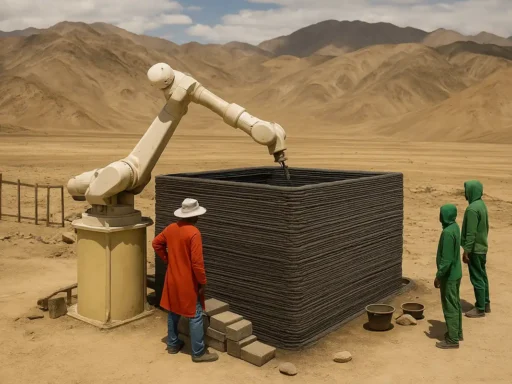In a groundbreaking collaboration that could redefine space exploration, researchers at the Department of Energy’s Oak Ridge National Laboratory (ORNL) have partnered with NASA to 3D print a lunar rover wheel prototype. This prototype, modeled after NASA’s Volatiles Investigating Polar Exploration Rover (VIPER) wheel design, showcases the potential of additive manufacturing for creating specialized components for space missions.
While this specific prototype won’t be part of NASA’s 2024 moon mission, it adheres to the same design specifications as the original VIPER wheels. The goal is to validate this innovative fabrication method for potential use in future lunar or Mars missions.
“Additive manufacturing can reduce energy use, material waste, and lead time, while enabling design complexity and the tailoring of material properties,” said Peter Wang, who leads MDF’s development of new laser powder bed fusion systems. The technology, which has been under development for over a decade, promises to revolutionize not just space exploration but also sectors like clean energy, transportation, and manufacturing.
The 3D printing process used for the rover wheel prototype is unique, employing two coordinated lasers and a rotating build plate to melt metal powder into the desired shape. This method, Wang noted, increases production rates by 50% compared to traditional methods.
Despite the complexities of the design, 3D printing has simplified the wheel’s production, reducing costs and making assembly more straightforward. Richard Hagen, a mechanical design engineer for NASA, emphasized the advantages of additive manufacturing, saying, “It lets you easily implement design features that are hard to implement with traditional tooling or even a traditionally machined part.”





